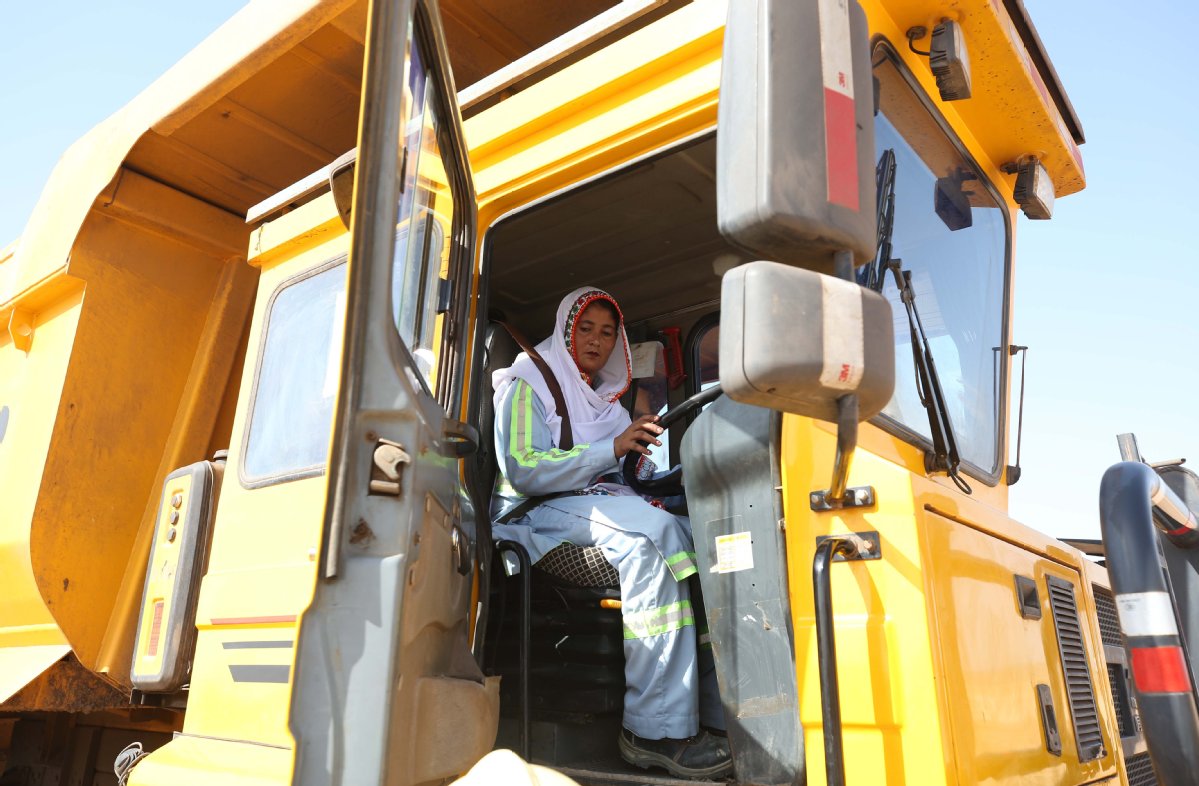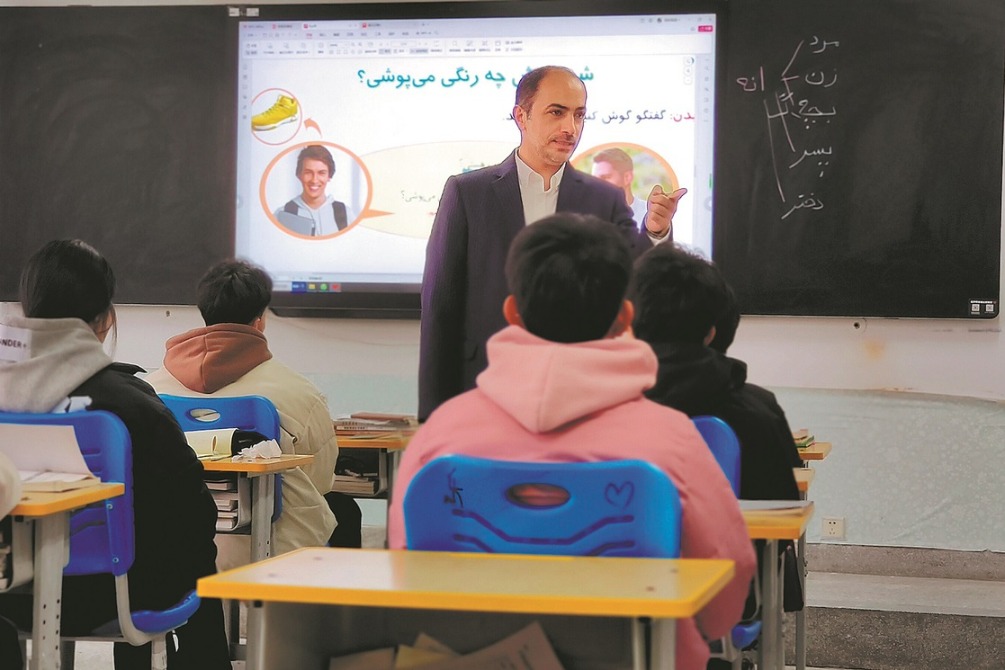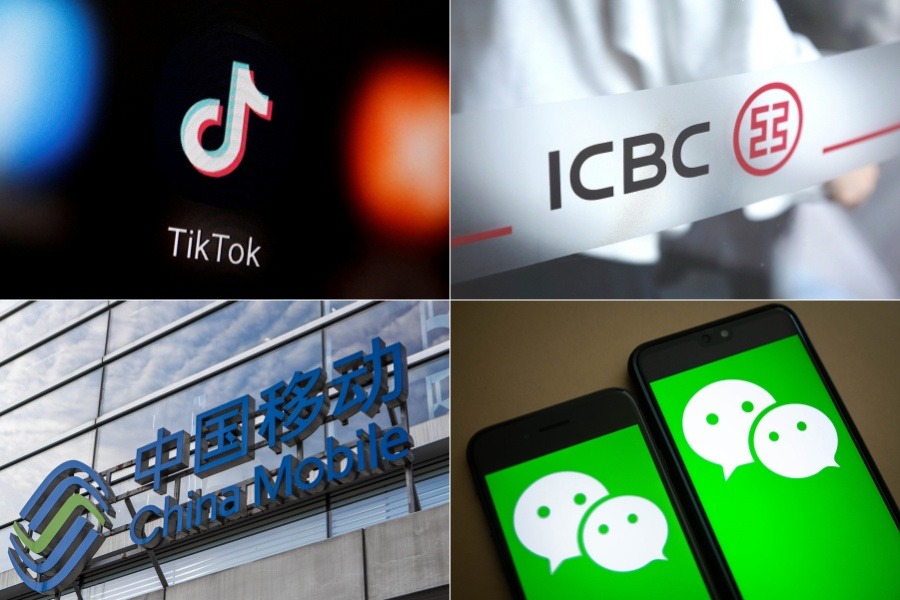CPEC brings power, better life to Pakistan
Xinhua | Updated: 2019-06-17 09:58

ISLAMABAD - Pakistani surgeon Ali Haider did not worry about unstable power supply any more in his operation room at a Karachi hospital, though early summer temperature often soared to 40 degrees Celsius, driving demand for electricity high.
"The electricity shortage that Pakistan had been experiencing for some years has taken a toll on the economy, as well as affecting the life of each and every individual living in the country... Hospital work is actually affected and impacted drastically," he recalled.
Thanks to the ample electricity supply brought about by the development of the China-Pakistan Economic Corridor, which is known as CPEC, all medical equipment worked well, Haider said after performing a surgery at the Civil Karachi Hospital.
"The operation has gone smoothly and successfully," he said proudly.
CPEC, a corridor linking the Gwadar port in southwestern Pakistan with Kashgar in Northwest China's Xinjiang Uygur autonomous region, highlights energy, transport and industrial cooperation.
The corridor is a major pilot project under the China-proposed Belt and Road Initiative.
Only years ago, power outages often resulted in factory or production shutdown, even leading to scorching heat claiming people's lives, Haidar said.
"We were regularly hearing news about the shortage of the electricity supply to the factories, and you know how badly it would have affected the economy of Pakistan," he said.
Since CPEC was launched five years ago, seven power projects have been completed and put into operation, which has met the needs of 8.6 million households and given a boost to Pakistan's economic development.
In 2018, apart from others, the Port Qasim power plant and Sahiwal power plant generated 16 billion kilowatt hour of cumulative electricity, accounting for a quarter of the power generation in the country.
"Karachi now is a city of lights," Haider said, adding that the days when all local shops had to close before 10 pm due to power shortage have gone.
Zohaib Arshad, a mechanical engineer in the Port Qasim power plant, is from an underdeveloped small village in Punjab. In grey and white uniform, the 26-year-old young man has deeper feeling about electricity and CPEC.
"We now have proper electricity in our village. Thanks to my good salary, my younger brothers are attending good educational institutions in my hometown. I also installed AC(air conditioner)... and I am helping my elder brother who helped me get education (when I was young). He is married now and I am helping him to a build a new house for himself," he said.
In the past five years, since the inception of CPEC, 11 of the 22 early-harvest projects have been operational with the rest under development.
CPEC has created 70,000 jobs for local Pakistanis so far and the average local per-capita income has risen 23 percent.
The energy sector developed the fastest under the CPEC cooperation, breaking a bottleneck in Pakistan's economic development.
"Now Pakistan has a well-developed energy sector and it is moving to develop other sectors like health and education. And due to good infrastructure (like roads, highways and ports), people are getting access to big cities, and more opportunities to land good jobs in big companies," Arshad said.
"Many Chinese companies are working here and people in villages and elsewhere are working with them to improve their life... It is automatically helping children to get good education, good health and good opportunities for the future."
- History unfolding with assist from China
- Belt and Road provides opportunity to help individual dreams come true
- CPEC a debt reliever, not a 'debt trap' for Pakistan
- Foreign journalists react to the Government Work Report
- New Pakistani visa regime indicative of an open, confident, and secure Pakistan: Chinese ambassador
























